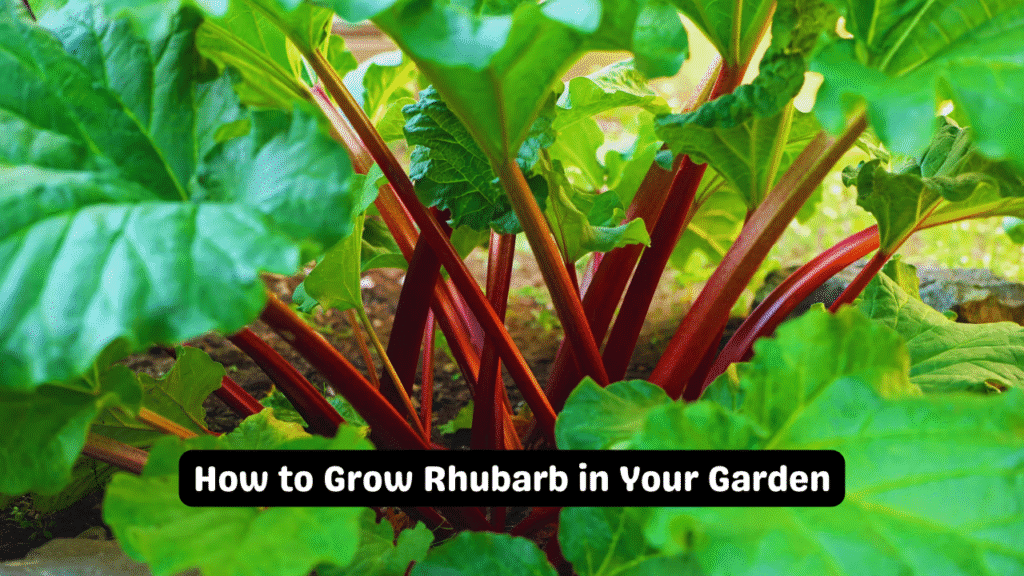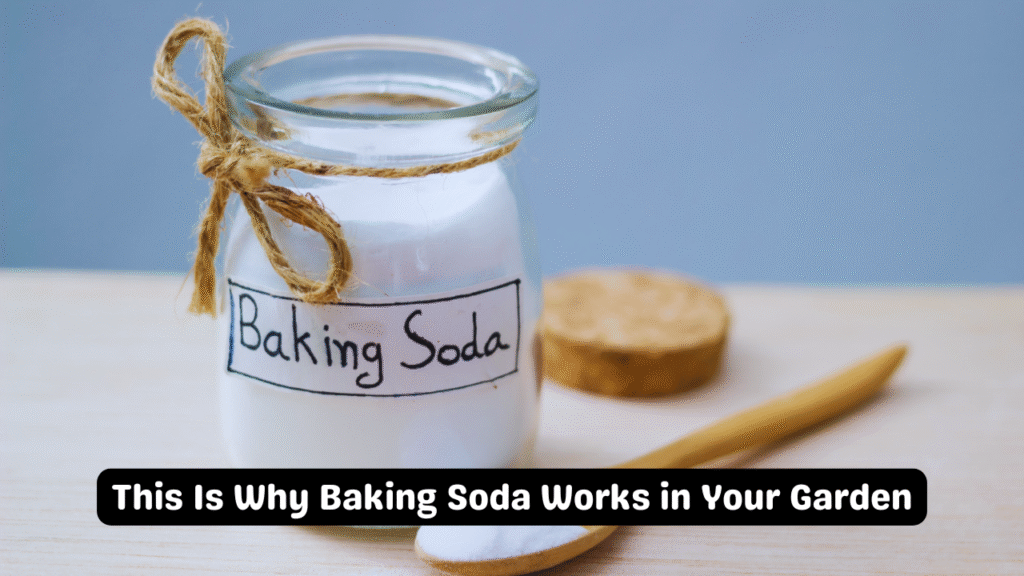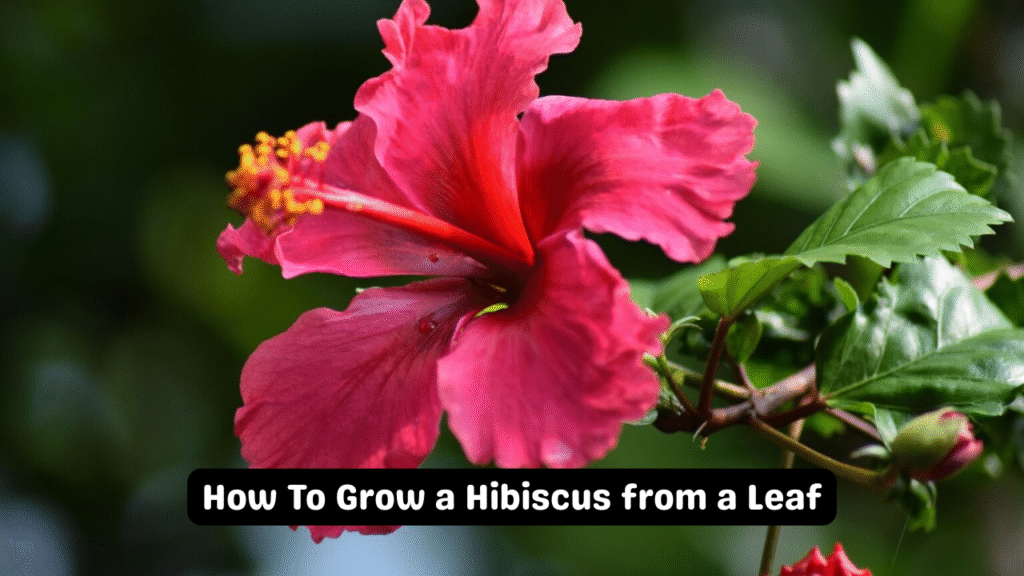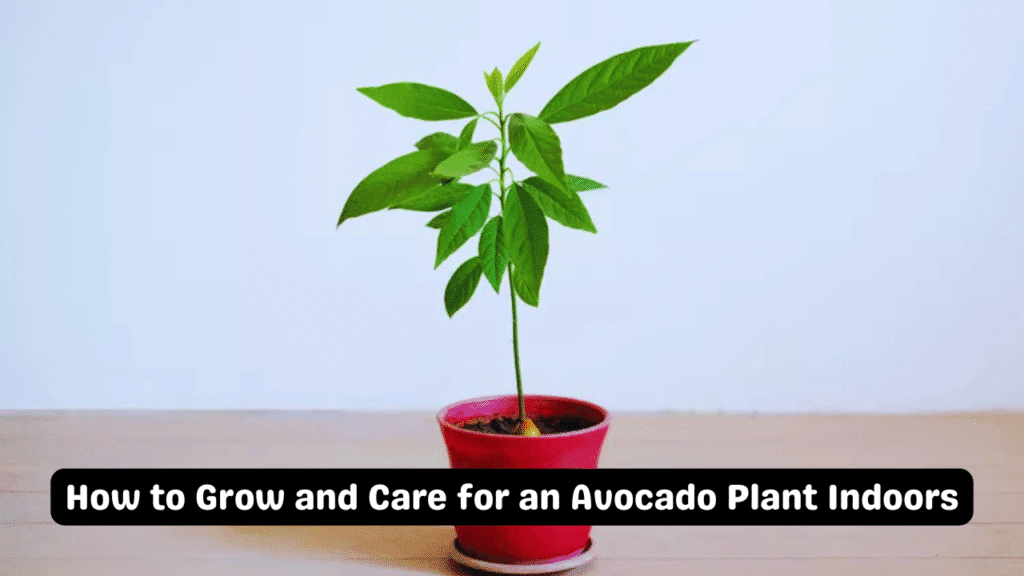Looking for a plant that’s easy to grow, beautiful in the garden, and incredibly useful in the kitchen? Rhubarb checks all the boxes. This hardy perennial is perfect for beginner gardeners thanks to its low-maintenance nature and high yield. In this guide, you’ll learn everything you need to know to plant, grow, harvest, and use rhubarb successfully in your home garden.
🌿 What is Rhubarb?
Rhubarb (Rheum rhabarbarum) is a cold-hardy perennial vegetable that’s often treated like a fruit in the kitchen due to its tart, tangy stalks. It grows from an underground rhizome and produces thick red or pink stalks with large green leaves. While the stalks are edible (and great in pies, jams, and compotes), the leaves are toxic and should never be consumed.
Rhubarb thrives in USDA Zones 3 to 8 and, once established, can produce for up to 10 years with minimal care.
☀️ Best Location to Plant Rhubarb
To give your rhubarb the best chance at thriving:
- Choose a spot with full sun (at least 6 hours daily)
- Ensure the soil is well-drained and fertile
- Allow space for the roots to spread, but rhubarb can handle some crowding
🛠️ Planting Tips:
- Dig a hole about twice as wide as the root ball.
- Loosen the roots gently before planting.
- Position the crown (where stalks emerge) 1 inch below the soil surface.
- Backfill with soil and water deeply to settle the roots.
🌱 How to Care for Rhubarb
Rhubarb is very forgiving, but it still benefits from consistent care. Follow these tips to keep it happy year after year:
- Water regularly – Deep watering 1–2 times per week promotes strong growth.
- Fertilize in early spring with a balanced fertilizer, and repeat every few weeks during the growing season.
- Apply mulch in summer to retain moisture and suppress weeds.
- Cut back in fall after the first frost — remove all leaves to help the plant conserve energy over winter.
⏳ When to Harvest Rhubarb
Rhubarb is typically ready to harvest in late spring to early summer, once the stalks reach at least 12 inches long.
Harvesting Tips:
- Use a clean, sharp knife to cut the stalk at the base, or twist and pull gently.
- Always leave a few stalks on the plant to support continued growth.
- Never eat the leaves — they contain oxalic acid and are toxic.
🥧 How to Use Rhubarb (In and Out of the Garden)
Rhubarb is more than just pie filling! Here are a few creative ways to use it:
In the Kitchen:
- Use stalks in pies, crisps, jams, chutneys, or homemade rhubarb syrup
- Make a refreshing herbal tea from dried rhubarb pieces
In the Garden:
- Add rhubarb leaves to your compost (not your plate!)
- Use the tough stalks as natural supports for tomato or bean plants
🌼 Final Thoughts
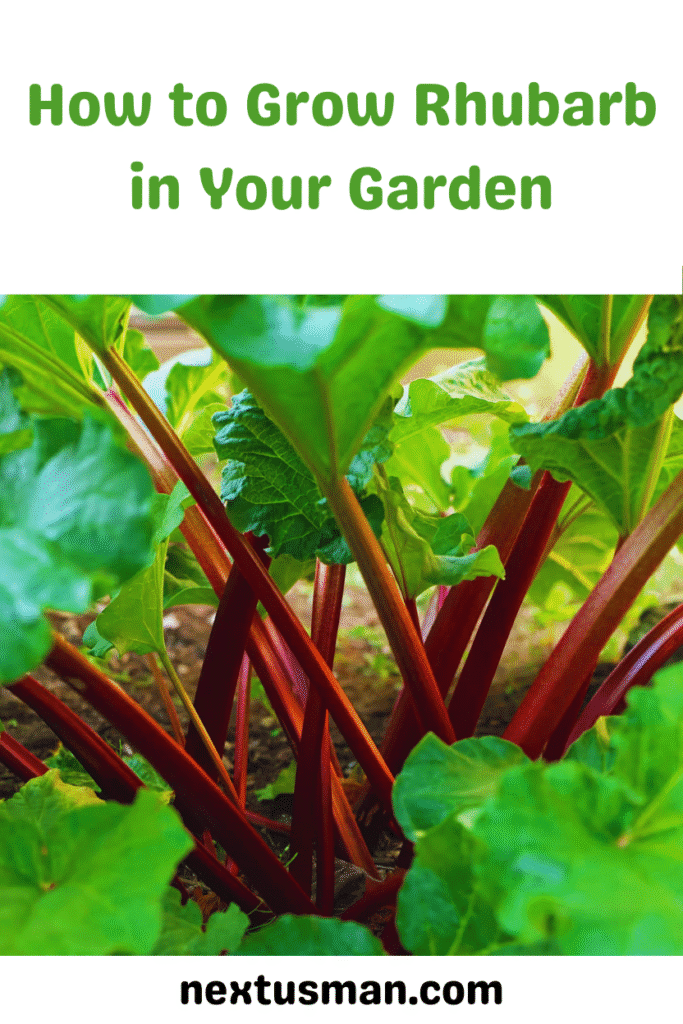
Rhubarb is a rewarding plant for gardeners of all skill levels. With minimal maintenance, it returns year after year and delivers bold, flavorful stalks that shine in both sweet and savory recipes. Whether you’re planting it for its culinary value or its garden appeal, rhubarb is a fantastic addition to any edible garden.
Tip: For best results, avoid harvesting in the first year to allow the plant to establish a strong root system.
